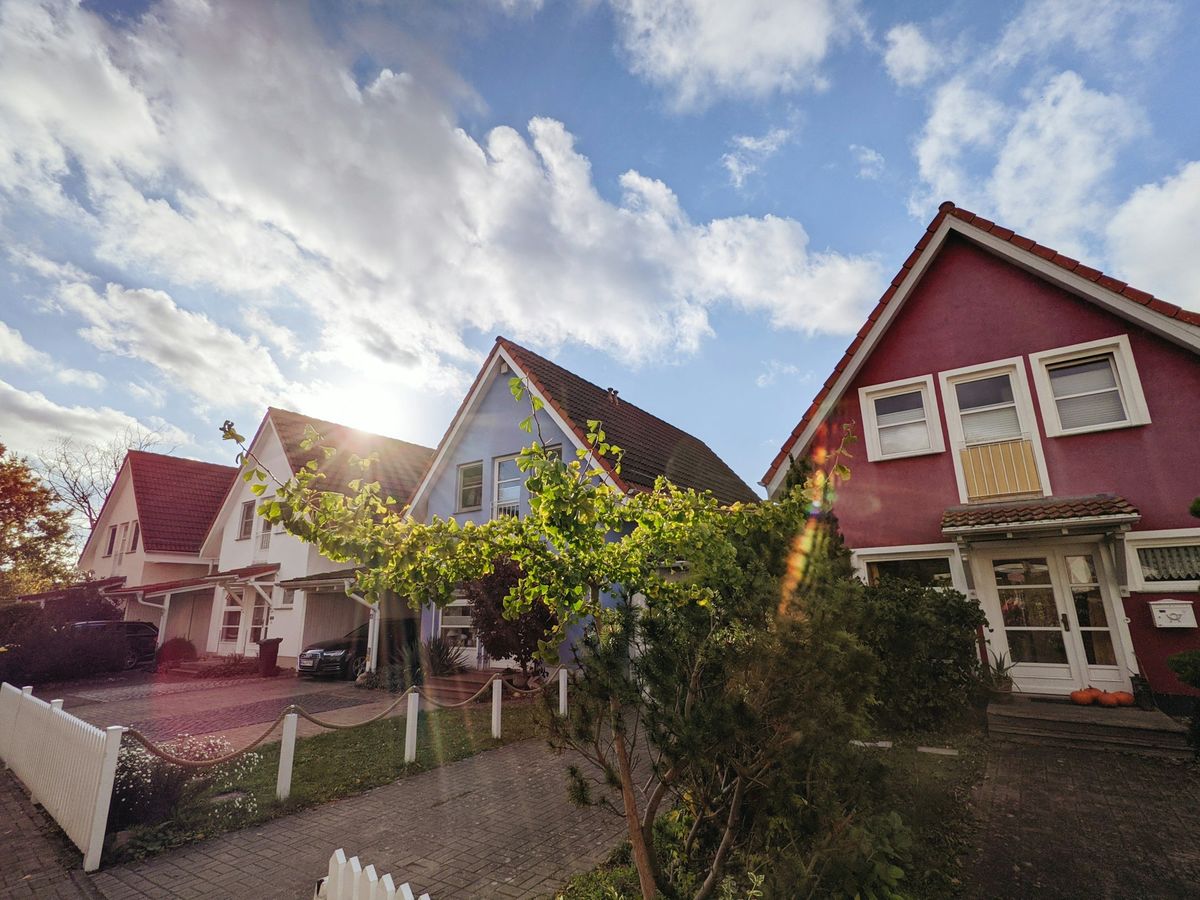
How to Choose the Perfect Neighborhood
Martin J Burke
Choosing the perfect neighborhood is an exciting step in finding your dream home. The right area can enhance your lifestyle, offering convenience, comfort, and a sense of belonging. However, deciding on the best neighborhood requires thoughtful planning and consideration.
Whether you're moving for work, school, or a fresh start, identifying your priorities is crucial. Think about what's most important for you and your family. Is it being close to top-rated schools or cutting down commute times? Or maybe you crave the tranquility of a peaceful suburb or the vibrancy of a bustling urban center.
Taking the time to explore your options will ensure your new neighborhood feels like home. From researching local amenities and trends to immersing yourself in the community vibe, each step helps solidify your choice. By focusing on what truly matters, you'll feel confident that you've chosen a place where you and your family can thrive.
Understanding Your Needs and Preferences
Deciding on the right neighborhood starts with identifying your personal needs and preferences. Begin by considering how the location will fit into your daily life and routines. One key aspect to look at is proximity. Do you need to be close to work, school, or other amenities like grocery stores, parks, and medical facilities? Shortening your commute can greatly enhance your quality of life.
Lifestyle preferences also play a significant role in this decision. Think about whether you want to live in a bustling urban area, a quiet suburban neighborhood, or a rural setting with lots of space. Family-friendly communities might offer better parks and schools, making them attractive to those with children. On the other hand, singles or couples without kids might prefer the vibrant atmosphere of an urban environment.
It's equally important to identify personal deal-breakers. What are the things you definitely do not want in a neighborhood? This might include high traffic noise, industrial areas nearby, or a lack of public transportation. These deal-breakers will help you quickly rule out areas that don't meet your fundamental criteria. By having a clear understanding of both your needs and preferences, you narrow your search and make the journey to your perfect neighborhood smoother.
Researching Neighborhoods
Once you have a list of what you want and don't want, it's time to start researching neighborhoods. There are several methods to gather information that can offer valuable insights. Online resources like real estate websites and local forums can provide a wealth of data and reviews about different areas. You can also use digital maps to explore neighborhoods visually and see what's nearby.
Taking a neighborhood tour is one of the best ways to experience an area firsthand. This can involve driving or walking around during different times of the day to get a feel for the atmosphere. Pay attention to things like traffic flow, noise levels, and the overall appearance of the neighborhood. These tours are a great opportunity to see if the neighborhood aligns with your expectations.
Talking to current residents can also provide insider perspectives you might not get from online sources alone. Residents can offer honest opinions on what it's like to live there, the community vibe, and any issues you might need to consider.
Understanding local market trends and crime rates is an essential aspect of your research. Look for reports or statistics that show whether property values are rising or stable, which can indicate future growth potential. Crime rates are another crucial factor, as safety is a top priority for most homebuyers. By thoroughly researching and gathering this information, you'll have a clearer picture of where each neighborhood stands in relation to your needs.
Evaluating Key Factors
As you dig deeper into your neighborhood options, several key factors will guide your decision. School districts often top the list of important considerations, even if you don't have children. Quality schools can increase the resale value of your home and attract future buyers eager for good education opportunities.
Property values and growth potential are crucial when evaluating neighborhoods. Look for areas with stable or rising property values, as these often signal healthy, growing communities. Pay attention to any new developments like shopping centers, business hubs, or parks, which can enhance the neighborhood and boost property values over time.
Also, the accessibility of public transportation and major roads should be considered. Convenience in commuting can save time and reduce stress, especially if you rely on public transport or need easy access to highways for work. Make sure buses, train stations, or key roads are conveniently located but not so close that they cause excess noise or traffic.
When thoroughly evaluated, these factors will help ensure that your chosen neighborhood meets your current and future needs, offering both comfort and practicality.
Visiting and Experiencing the Area
Once you have narrowed down a few neighborhoods, visiting and experiencing them in person is a vital step. Schedule visits at different times, such as during mornings and evenings, weekdays and weekends. This helps you understand the neighborhood's energy and traffic patterns throughout the week.
Engage in activities that give you a sense of the community. Walk through local parks, dine at nearby restaurants, and explore shops to see what daily life might feel like there. These experiences can reveal much about a neighborhood's atmosphere and its suitability for your lifestyle.
Attending community events is another valuable way to gauge neighborhood culture and engagement. Events like farmer's markets, local fairs, or holiday celebrations offer a chance to see how residents interact and whether a strong sense of community exists. Observing these events can help you decide if this is the kind of environment you wish to be a part of and whether it matches the lifestyle you envision for yourself and your family.
Conclusion
Finding the right neighborhood is a journey of discovery involving careful evaluation of what you truly need and want for your daily life. By focusing on personal needs, conducting thorough research, evaluating key factors, and experiencing potential areas firsthand, you position yourself to make a smart, informed choice. This process ensures that your new neighborhood feels like home, offering the right balance of comfort, convenience, and community for you and your family.
When you're ready to take the next step in finding your perfect neighborhood in North Carolina, Martin J Burke is here to help. With our expertise and dedication, we'll guide you through real estate decisions to match your lifestyle goals. Contact our real estate expert today to start your journey in choosing the ideal place you'll love to call home.
